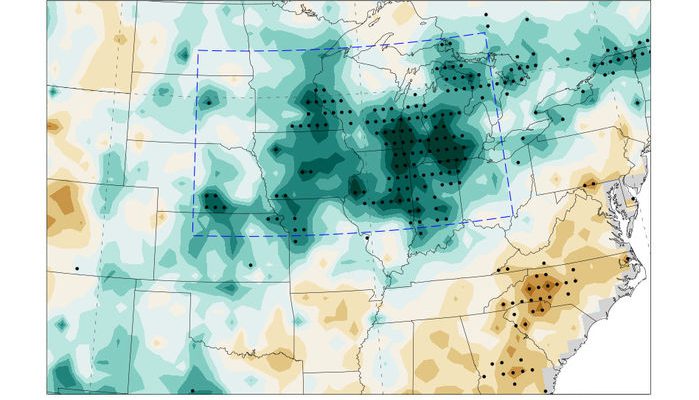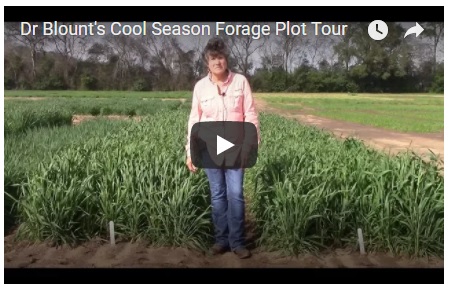February 2018
-

When I lived in Wisconsin, we blamed the hottest, most sultry days of summer on the corn in Iowa, which was pumping a lot of water vapor into the air. Now there’s a study published in Geophysical Research Letters that takes a scientific look at how the climate in the Corn Belt is changing due…
-

A recent article in The Conversation discussed new findings that mangroves are expanding across the world and are moving into areas that currently are salt marshes due to warming temperatures. Mangroves are useful to protect shorelines from high waves and storm surges (and even tsunamis) because of their dense root systems. However, it is not…
-

Atlas Obscura provided a link today to a website devoted to photographic images of the world’s oldest trees, taken by Beth Moon from San Francisco. If you love trees and the natural world, you will be amazed at these amazing trees. You can read about it and see the photos at https://themindcircle.com/ancient-trees/.
-

The Panhandle Ag Extension team recently produced a video which describes cool season forage production issues this year. According to their web site, “This video highlights the differences in cool-season forage types and varieties on February 15, 2018, that were planted November 1, 2017. The challenging weather this season ( very limited moisture from October…
-

Climate scientists know that as the earth warms under the influence of increasing greenhouse gases, the Arctic and Antarctic are going to see the biggest changes, especially at first since they are especially affected by changes in albedo due to the reduction of snow and ice at high latitudes as the earth gets warmer. Albedo…
-

Climate scientists have known for over a century that carbon dioxide gas absorbs energy better than oxygen, nitrogen or most other atmospheric gases. The first discussion of this property and the likelihood that increases in CO2 would increase global temperature have been attributed to Irish physicist John Tyndall in 1859. But an article I recently…
-

Vegetable Growers News posted a story highlighting the development of blight caused by Phytophthora infestans, which affects tomatoes and potatoes and which thrives under cool and wet conditions. According to the story, “Temperatures between 50 and 80 F combined with moist conditions such as rain, fog, heavy dews, or relative humidity above 90 percent are conducive for…